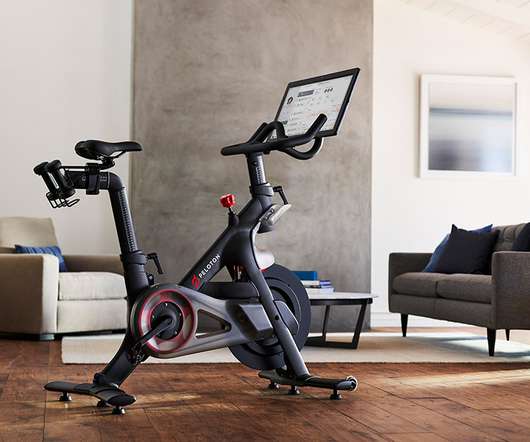Solar panel logistics: tariffs waived for 24 months
Kanban Logistics
JUNE 30, 2022
But, for the next two years, companies are free to import solar panels from Southeast Asia without fear of tariffs. Transportation services. Such services include drayage , in which your 3PL receives your containers at the port and transports them to its warehouse for storage or to the final destination.
















Let's personalize your content